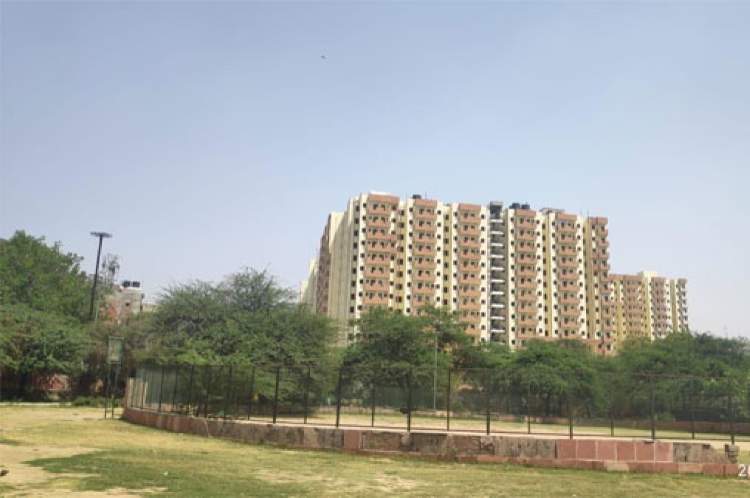For decades, the Indian dream has been captured in three words: roti, kapda aur makaan. Food security and affordable clothing have seen notable progress, but affordable housing remains the unfulfilled promise. For millions, home ownership has slipped from being a basic need to a speculative gamble.
In a recent judgment, a two-judge bench of the Supreme Court issued 12 binding directions aimed at restoring order in the real estate market. The court recognised housing as a fundamental right and termed speculative buyers a “slow poison.” The ruling, delivered by Justices JB Pardiwala and R Mahadevan in a case concerning stalled projects in Greater Noida, extends beyond a single project. It acknowledges the systemic crisis that has left genuine homebuyers stranded between bankrupt developers and sluggish regulators. By carving out protections for bona fide allottees under the Insolvency and Bankruptcy Code, the court has sought to reset the rules of engagement in a troubled sector.
READ I Global capability centres driving India’s knowledge economy
The housing crisis
The judgment comes against a backdrop of rising stress in housing markets. In 2024, more than 4.12 lakh new housing units were launched across India’s top seven cities, yet affordability remains a mirage. Even affordable projects are beyond the reach of most middle- and lower-income families.
Urban land costs remain prohibitive, pushing young professionals and migrants into lifetime renting or unsafe informal settlements. Estimates suggest that in cities like Mumbai and Gurugram, even the wealthiest 5% would need five to six decades of savings to buy a home.
Structural bottlenecks
The mismatch between wage growth and property prices has widened alarmingly. Dual-income households in Delhi, Mumbai, and Bengaluru still find affordable housing units beyond their means. Regulatory bottlenecks—ranging from land approvals and environmental clearances to delays in insolvency proceedings—add to costs and timelines, often pushing projects into distress. The result is a market where luxury apartments proliferate, while low- and middle-income households are pushed to peripheral, poorly connected areas lacking social infrastructure.
The Supreme Court’s directions address some of these distortions. They mandate dedicated IBC benches, filling long-pending vacancies in NCLT/NCLAT and state RERA bodies, and enforcing strict timelines for project-wise insolvency proceedings. The court has also called for consultation with stakeholders—developers, homebuyer associations, lenders, and regulators—to ensure balanced reform.
Developers have cautiously welcomed the ruling. Industry bodies such as NAR India and Naredco stress the importance of escrow accounts, revival funds, and technology-driven transparency. Honest builders argue that faster resolution will reduce costs for both developers and buyers. Yet, as they acknowledge, judicial directions alone cannot fix deep-rooted structural flaws.
The affordable housing challenge
Affordable housing remains the central crisis. Unless land-use policies are liberalised, financing options for low- and middle-income groups expanded, and urban planning aligned to create mixed-income housing, the dream of home ownership will remain distant. Government incentives have too often gone to developers of high-end projects, while the urban poor are pushed into settlements that lack connectivity, sanitation, and basic services.
The Supreme Court has nudged the government toward creating revival funds for stressed projects, potentially through the National Asset Reconstruction Company or the Special Window for Affordable and Mid-Income Housing. These mechanisms can ease liquidity stress, but without systemic correction they risk becoming bailouts for errant developers. Accountability and monitoring must be integral to any financial support.
Affordable housing a moral imperative
The ruling highlights a sobering truth: housing is not a luxury, nor an investment to be flipped for quick gains. It is a fundamental right and a cornerstone of inclusive growth. When lakhs of families are locked into stalled projects or priced out of the market, the failure is as much moral as it is economic.
The Supreme Court has offered a critical push, but the heavy lifting now lies with the government. Land acquisition and planning policies must be overhauled, affordable housing given priority in urban development, and access to credit widened for first-time buyers. Unless affordability moves to the centre of policy, the promise of roti, kapda aur makaan will remain out of reach.

